13 Amazing Places to See Wildlife Across the U.S.
The United States offers many amazing places to see wildlife in their natural habitats. From forests to wetlands, there is a wide variety of animals to observe. Whether you enjoy birdwatching or spotting large mammals, there is something for every nature lover. These destinations provide great opportunities to connect with nature and learn about different species. Planning a trip to these places can create lasting memories and exciting experiences.
This post may contain affiliate links, which helps keep this content free. Please read our disclosure for more info.
Maui, Hawaii
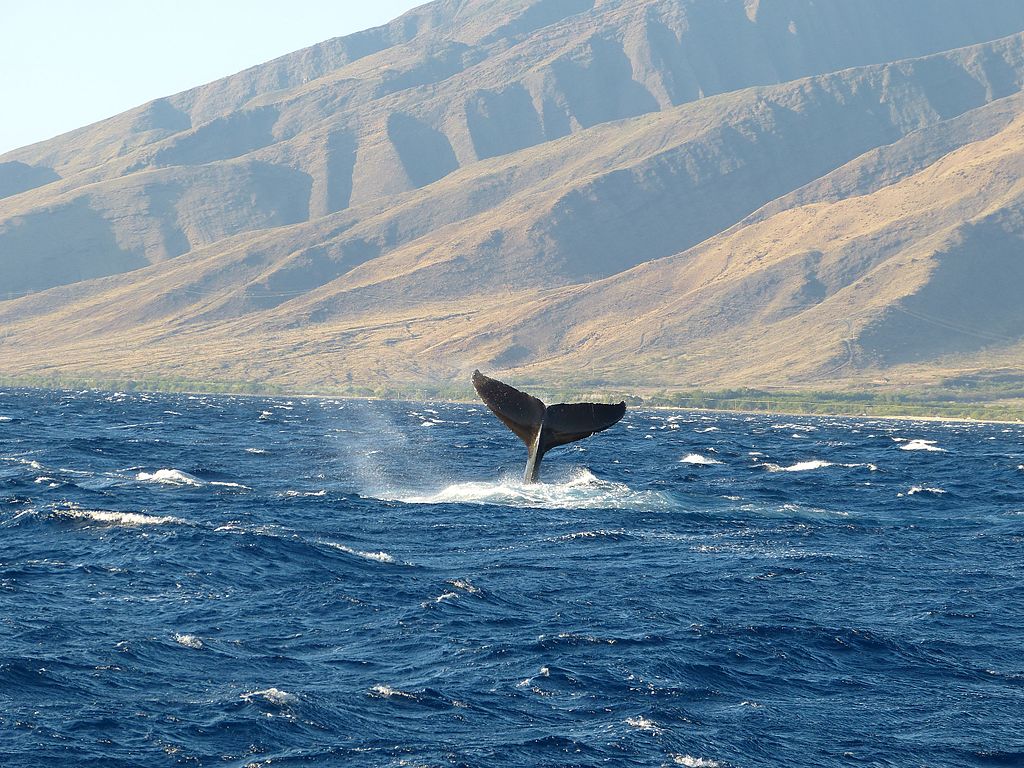
Maui covers about 727 square miles and offers a unique chance to see wildlife not found anywhere else. It is best to visit the coastal areas and marine reserves for whale watching, especially during winter months. The island is famous for humpback whales, sea turtles, and spinner dolphins. Snorkeling and boat tours provide excellent ways to observe these creatures up close.
The diverse landscapes of Maui include lush forests and volcanic slopes. This variety supports native birds like the nene, which is Hawaii’s state bird. Visiting protected areas such as the Haleakalā National Park adds more opportunities for wildlife sightings. Maui offers a mix of ocean and land wildlife experiences that attract many visitors.
Acadia National Park, Maine
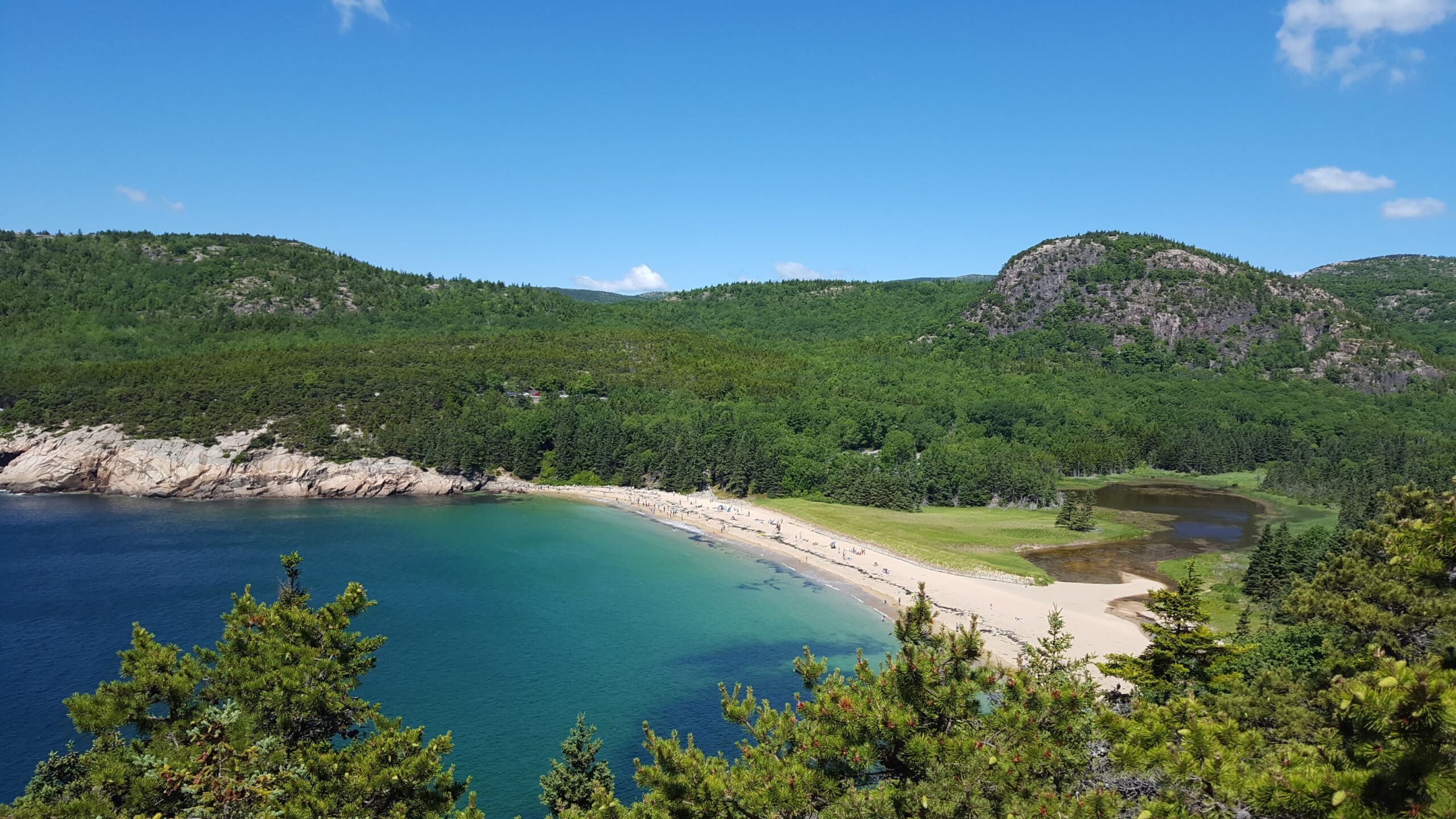
Acadia National Park covers about 49,000 acres along Maine’s rocky coastline. It is best to visit in late spring through early fall when many animals are active. Visitors can often see white-tailed deer, peregrine falcons, and seals near the shore. The park also supports a variety of birds, making it popular for birdwatching.
Its mix of forest, mountain, and ocean habitats offers diverse wildlife experiences. The park’s lakes and streams attract beavers and otters. Hiking trails and scenic drives provide easy ways to spot animals. Acadia is well known for its beautiful views and accessible wildlife.
Channel Islands, California
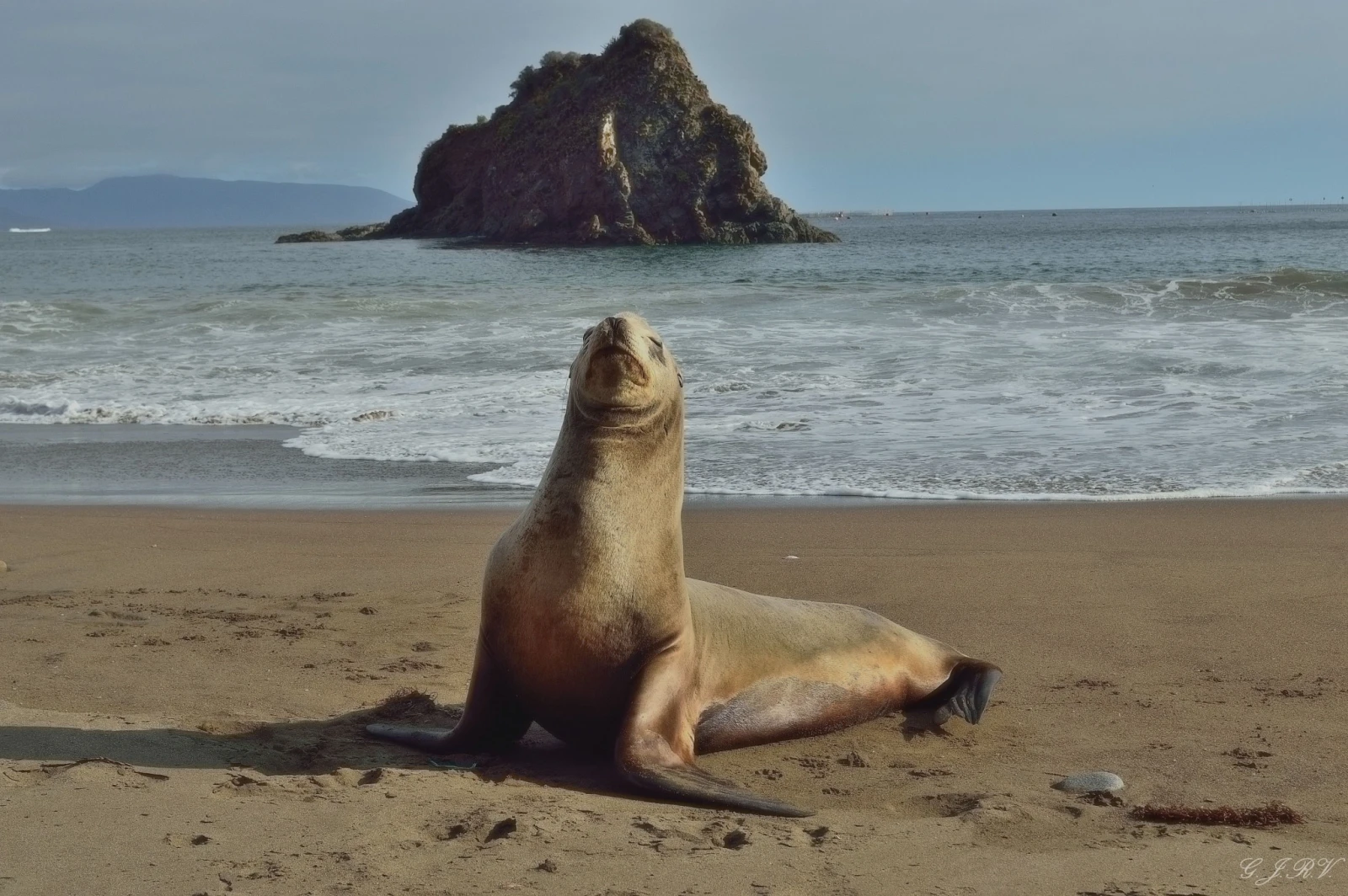
The Channel Islands span five islands off the Southern California coast, covering nearly 250,000 acres of land and sea. These islands are a refuge for many species that are rare or extinct on the mainland. It is best to visit for marine life, including sea lions, seals, and a wide range of seabirds. Kayaking and hiking here provide chances to see wildlife in their natural setting.
The islands are home to unique plants and animals found nowhere else. Endangered species such as the island fox thrive in this protected environment. Visitors often explore the marine sanctuary surrounding the islands to spot dolphins and whales. The Channel Islands offer peaceful and less crowded wildlife viewing experiences.
Olympic National Park, Washington
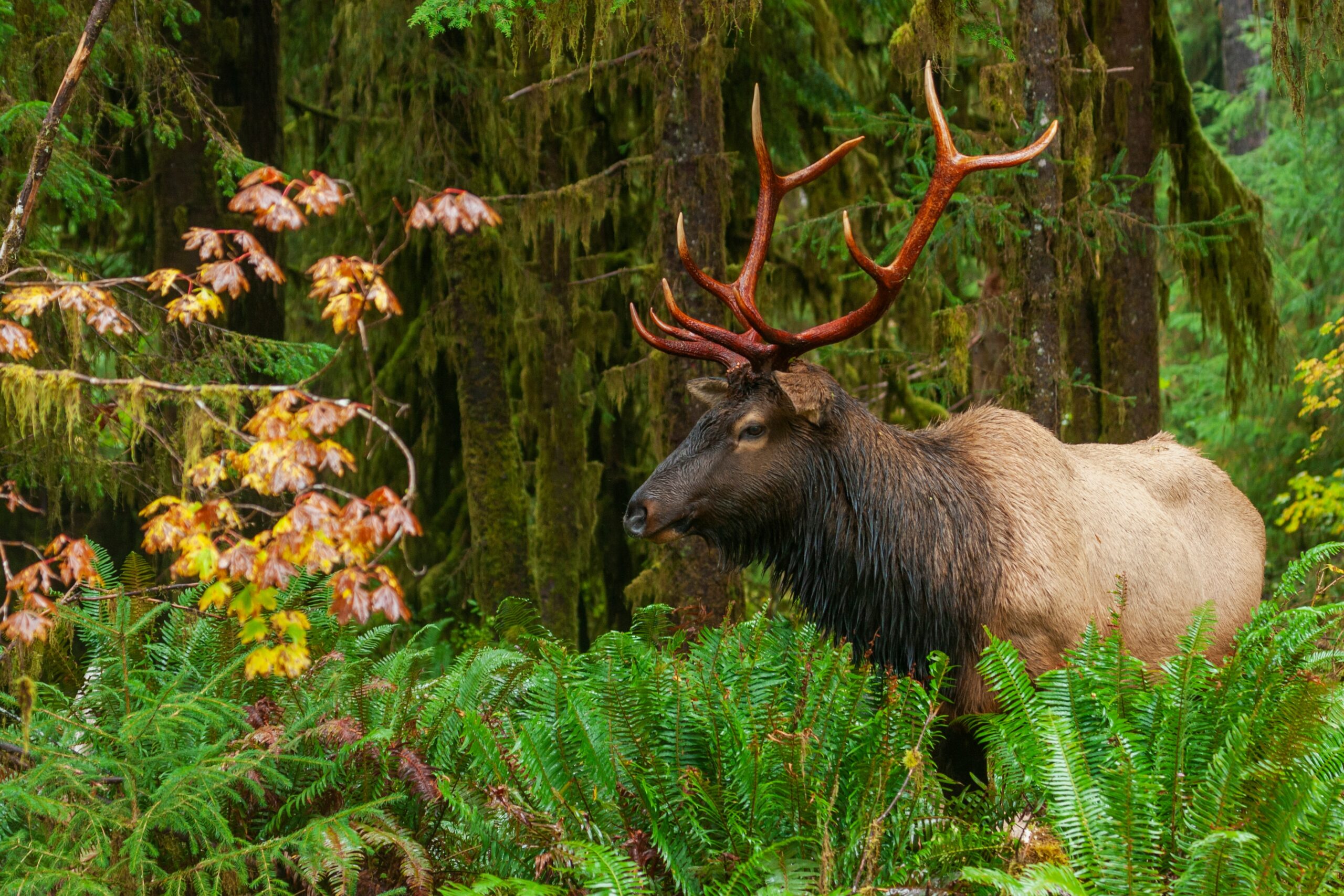
Olympic National Park covers nearly one million acres with mountains, rainforests, and coastline. The park is best visited for its rich diversity of habitats supporting many animals. Wildlife such as Roosevelt elk, black bears, and bald eagles are commonly seen. Birdwatchers enjoy spotting various species across the park’s different ecosystems.
The park’s remote areas provide good chances to see elusive wildlife like mountain goats and river otters. Its varied landscapes attract hikers and nature lovers year-round. The temperate rainforests create a unique environment where amphibians and fish thrive. Olympic National Park offers a strong mix of forest and mountain wildlife viewing.
Great Smoky Mountains National Park, Tennessee and North Carolina
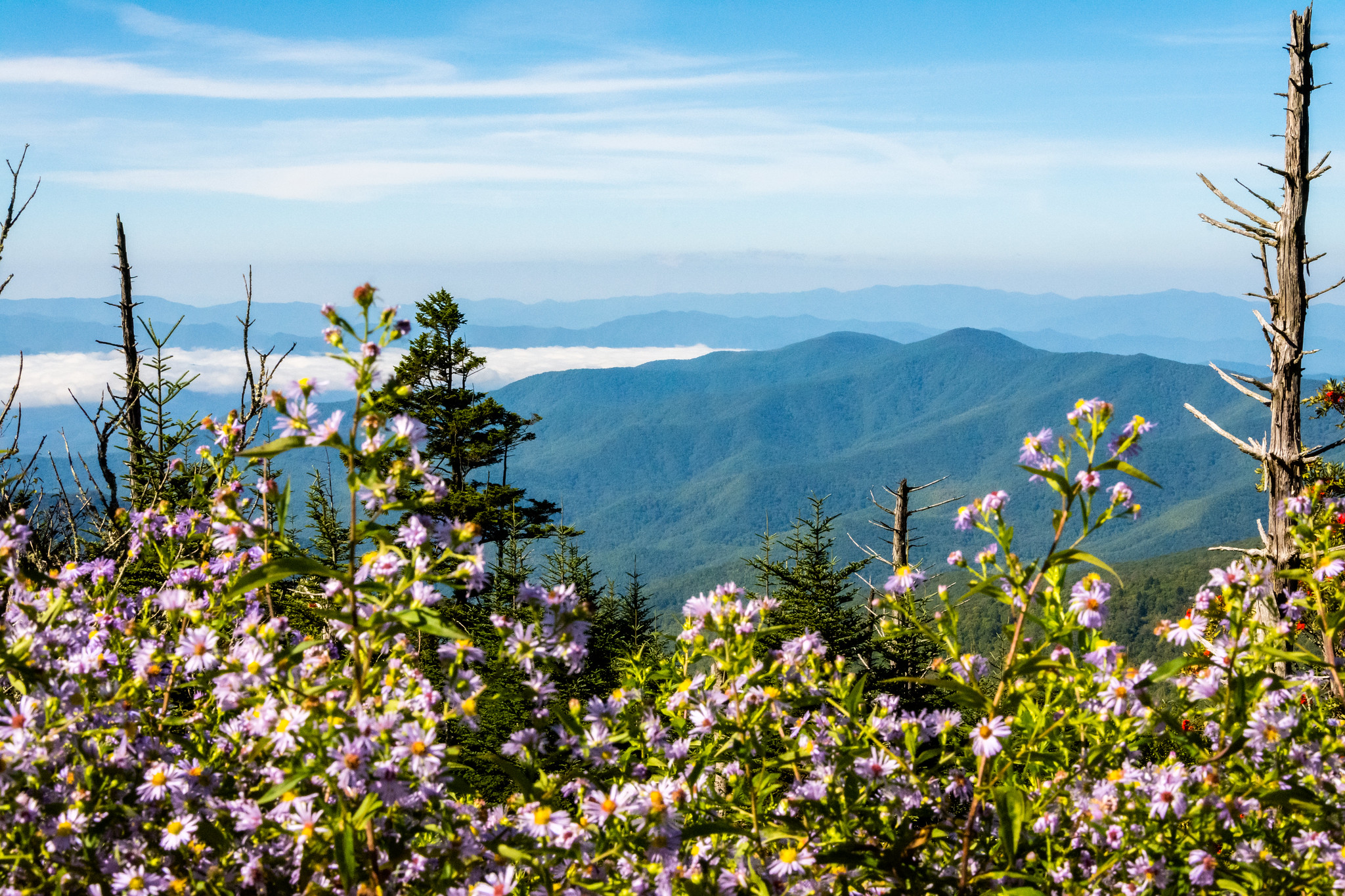
This park stretches over 522,000 acres across two states and is known for its biodiversity. It is one of the best places to see black bears, white-tailed deer, and wild turkeys. Early morning or late evening visits increase the chance of spotting wildlife. The park’s many trails offer access to its rich forests and streams.
The Great Smoky Mountains are home to more than 200 species of birds and a variety of amphibians. The foggy environment helps maintain lush forests that shelter many animals. Visitors enjoy the chance to see wildlife in natural surroundings without crowds. The park is a favorite for families and serious wildlife watchers alike.
Rocky Mountain National Park, Colorado
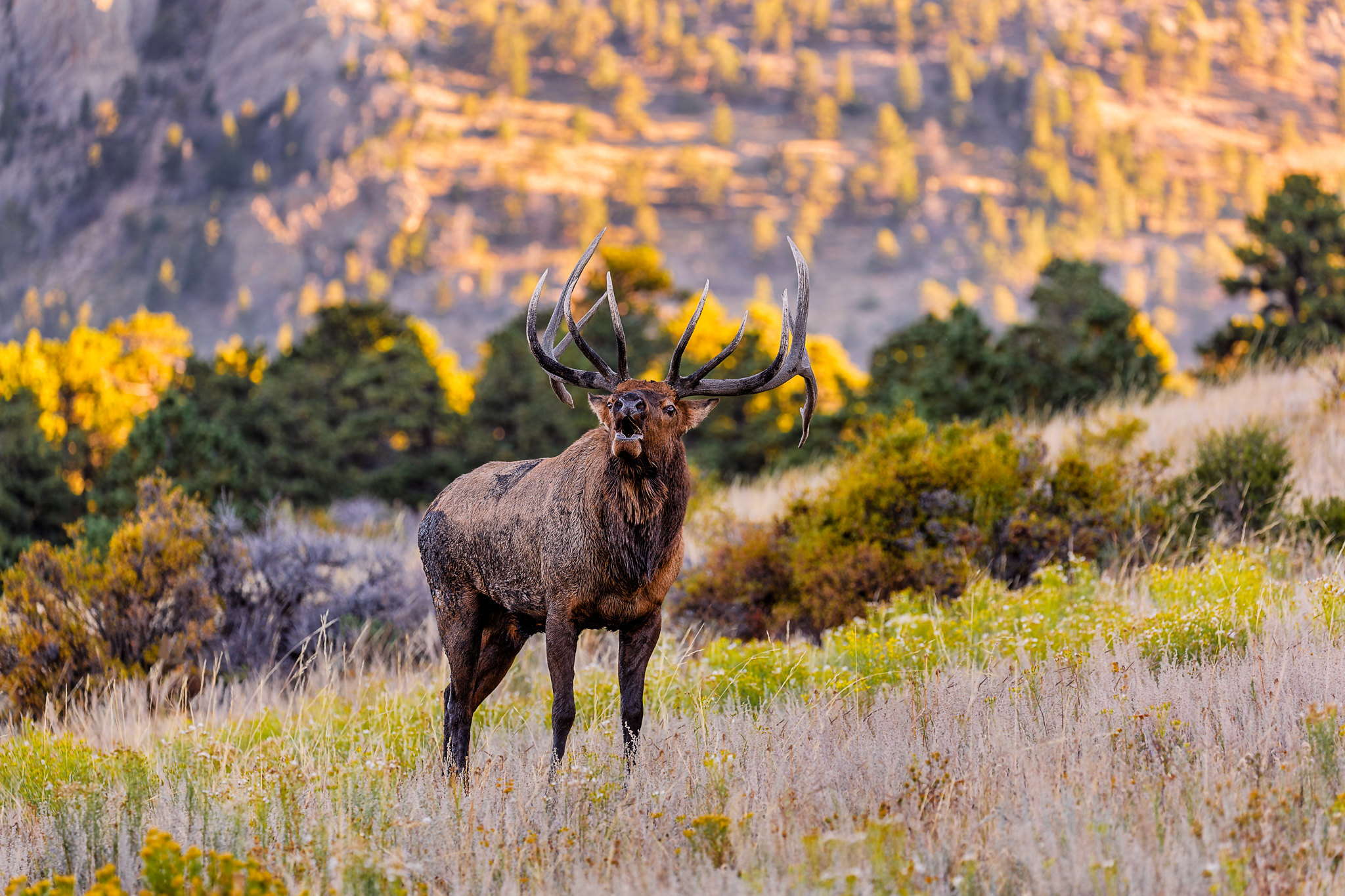
Rocky Mountain National Park covers about 415,000 acres with towering peaks and alpine meadows. It is best to visit in summer and early fall when animals are most active. Visitors frequently see elk, mule deer, and mountain goats along the roads and trails. Birdwatching is also popular with species like the Clark’s nutcracker.
The park’s diverse elevation zones create habitats for different types of wildlife. Moose can be spotted in the wetlands, especially during dawn and dusk. The scenery includes lakes and forests that add to the wildlife experience. Rocky Mountain National Park offers impressive views alongside many animal encounters.
Grand Teton National Park, Wyoming
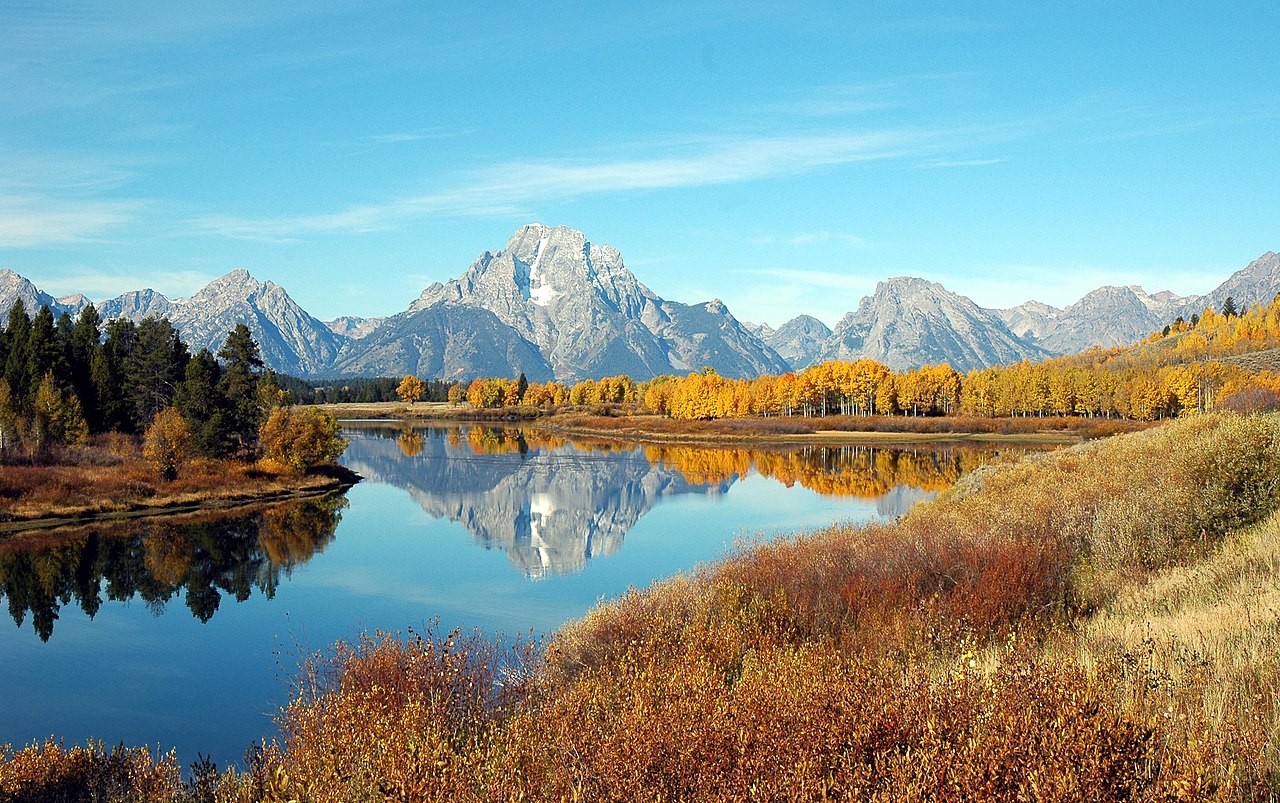
Grand Teton National Park covers 310,000 acres at the foot of the Teton Range. The park is best for spotting large mammals like moose, elk, and bison. The calm lakes and river valleys attract beavers and river otters. Bird species such as ospreys and trumpeter swans also frequent the park.
Visitors enjoy hiking and driving through areas where wildlife is common and visible. The park’s location near Yellowstone adds to its appeal for animal sightings. Winter brings chances to see wolves and coyotes. Grand Teton offers a mix of dramatic mountain scenery and wildlife viewing.
Yellowstone National Park, Wyoming, Montana, Idaho
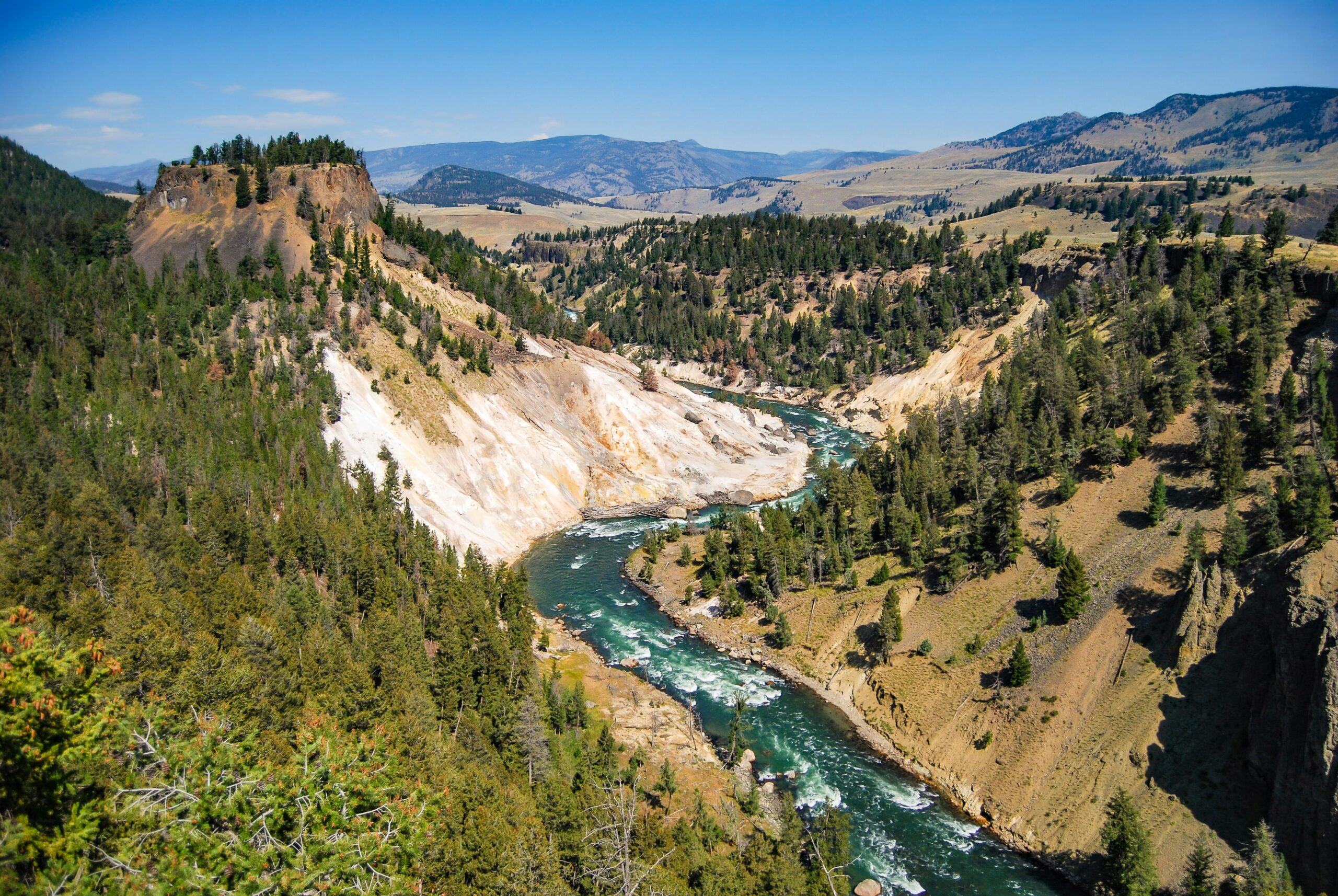
Yellowstone covers more than 2.2 million acres, making it one of the largest national parks in the United States. It is famous for its abundant wildlife including bears, wolves, bison, and elk. The park’s geothermal features attract animals to the warm areas during colder months. Visitors should travel early or late in the day for the best wildlife sightings.
Yellowstone’s vast landscape includes forests, rivers, and grasslands that support many species. Birdwatchers can find eagles, trumpeter swans, and sandhill cranes. The park is also home to rare animals like the grizzly bear and gray wolf. Its size and variety make it a top destination for wildlife lovers.
Glacier National Park, Montana
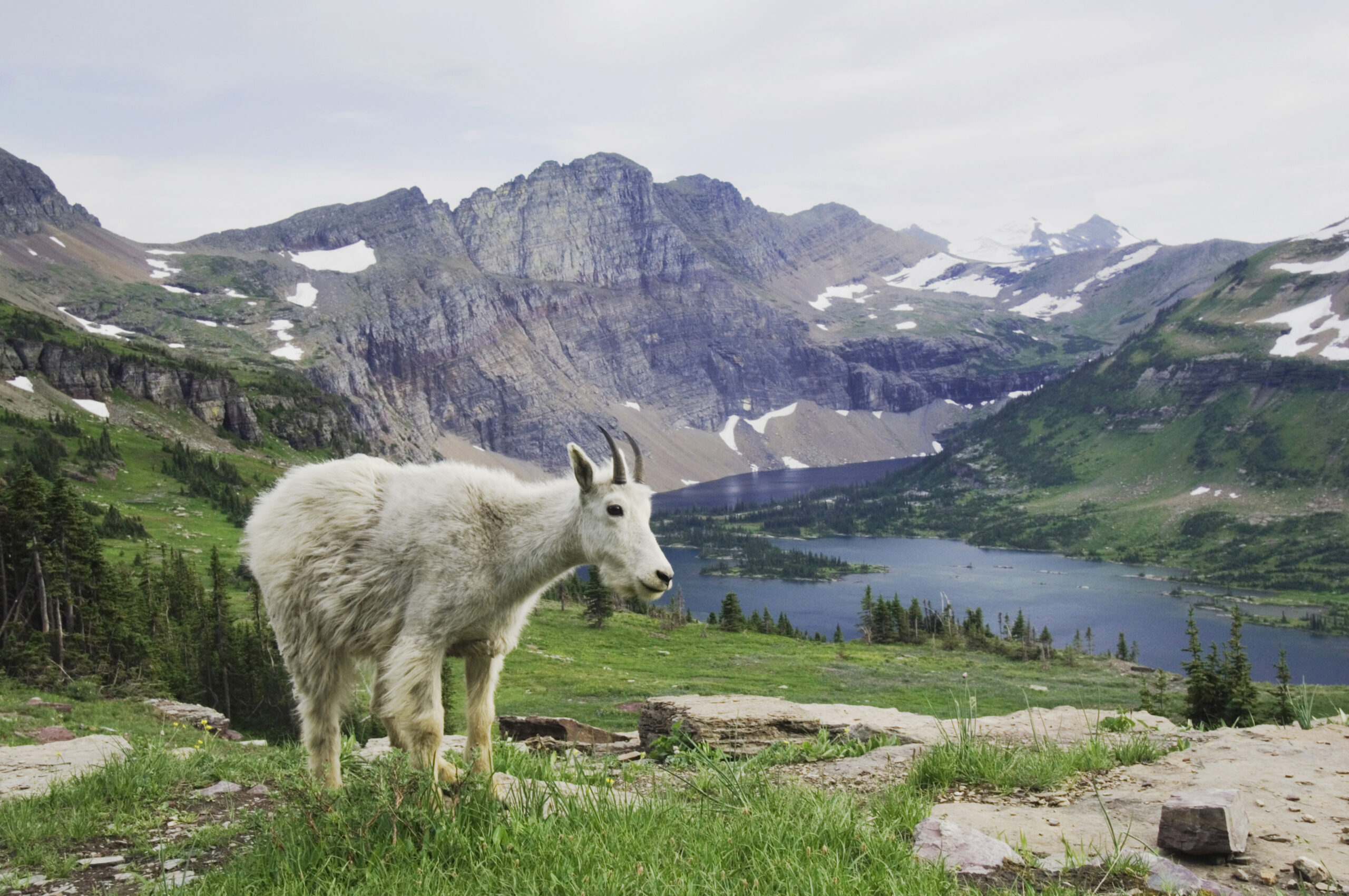
Glacier National Park covers over one million acres with rugged mountains and deep valleys. It is best to visit in summer when most animals are active and accessible. Common sightings include mountain goats, bighorn sheep, and black bears. The park’s many lakes and rivers support species such as otters and bald eagles.
The park offers a mix of alpine and forest habitats that attract diverse wildlife. Visitors often travel the Going-to-the-Sun Road for excellent animal viewing. The park’s remoteness helps keep wildlife populations healthy. Glacier is a great choice for visitors seeking both adventure and wildlife.
Wind Cave National Park, South Dakota
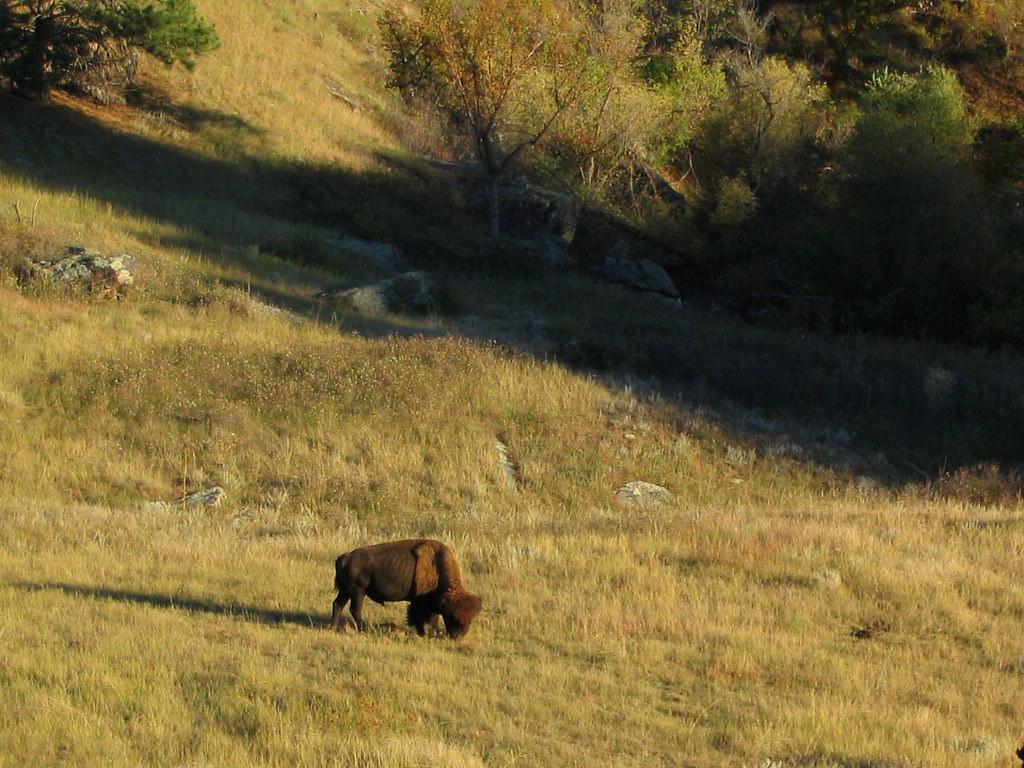
Wind Cave National Park covers nearly 33,000 acres, featuring mixed-grass prairie and forest. It is best known for its large bison herd and prairie dogs. Visitors may also spot elk, coyotes, and mountain lions. The park’s underground cave system is a unique attraction alongside the wildlife.
The park protects one of the world’s longest caves while offering rich wildlife experiences above ground. Birdwatchers find species like wild turkeys and hawks. Trails and open spaces make it easy to see animals in natural settings. Wind Cave is a less crowded option for wildlife viewing in the Great Plains.
Theodore Roosevelt National Park
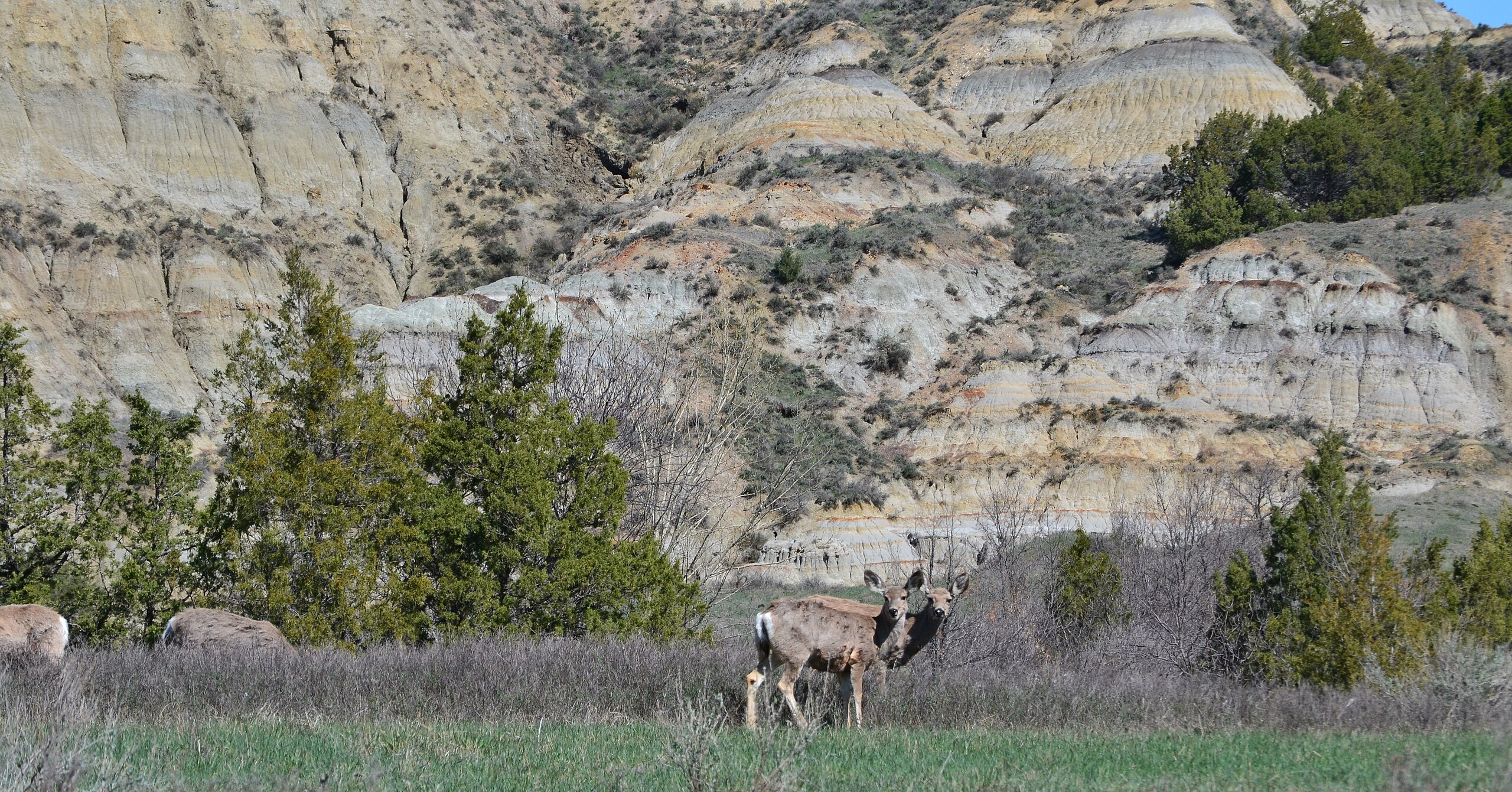
This park covers around 70,000 acres in western North Dakota, with badlands and grasslands. It is best for seeing bison, wild horses, and prairie dogs roaming freely. Visitors may also spot deer, coyotes, and a variety of birds. The park’s scenic drives and trails offer many wildlife viewing spots.
Theodore Roosevelt National Park honors the conservation efforts of its namesake. It offers a glimpse into the wildlife and landscapes of the American West. The park’s rugged terrain supports a range of animals in wide-open spaces. It is a popular destination for photographers and nature lovers.
Denali National Park and Wildlife Preserve, Alaska
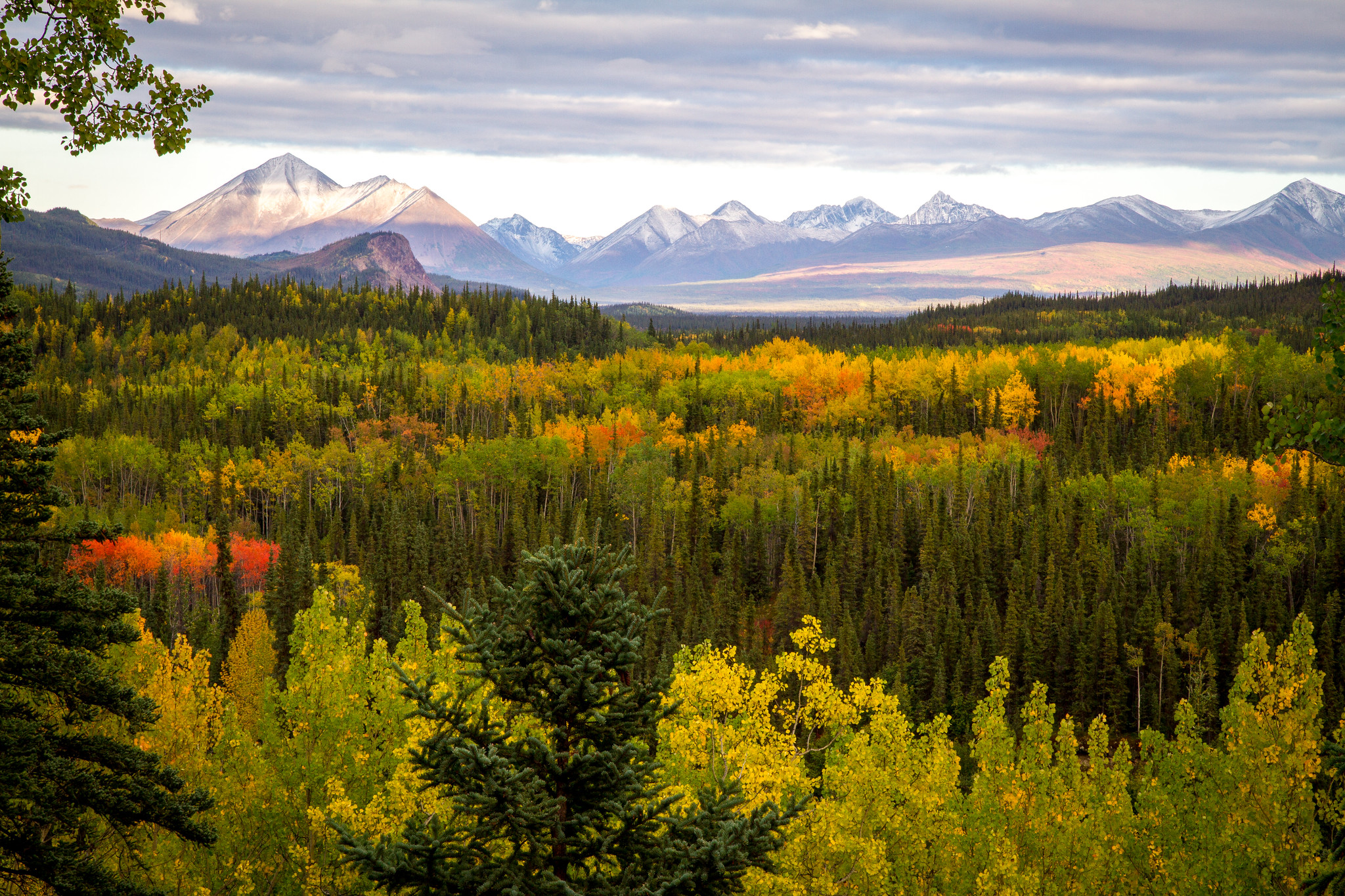
Denali covers over six million acres of wilderness and is home to North America’s tallest peak. The park is best for spotting grizzly bears, wolves, moose, and caribou. Its vast, untouched landscape offers remote and quiet wildlife viewing. Visitors often take guided tours to increase chances of animal sightings.
The park’s subarctic climate creates tough but thriving habitats for many species. Bird species like golden eagles and ptarmigans are common. Denali’s size and isolation make it one of the best places to see large, wild animals in natural conditions. It is a true adventure for serious wildlife watchers.
Congress Avenue Bridge
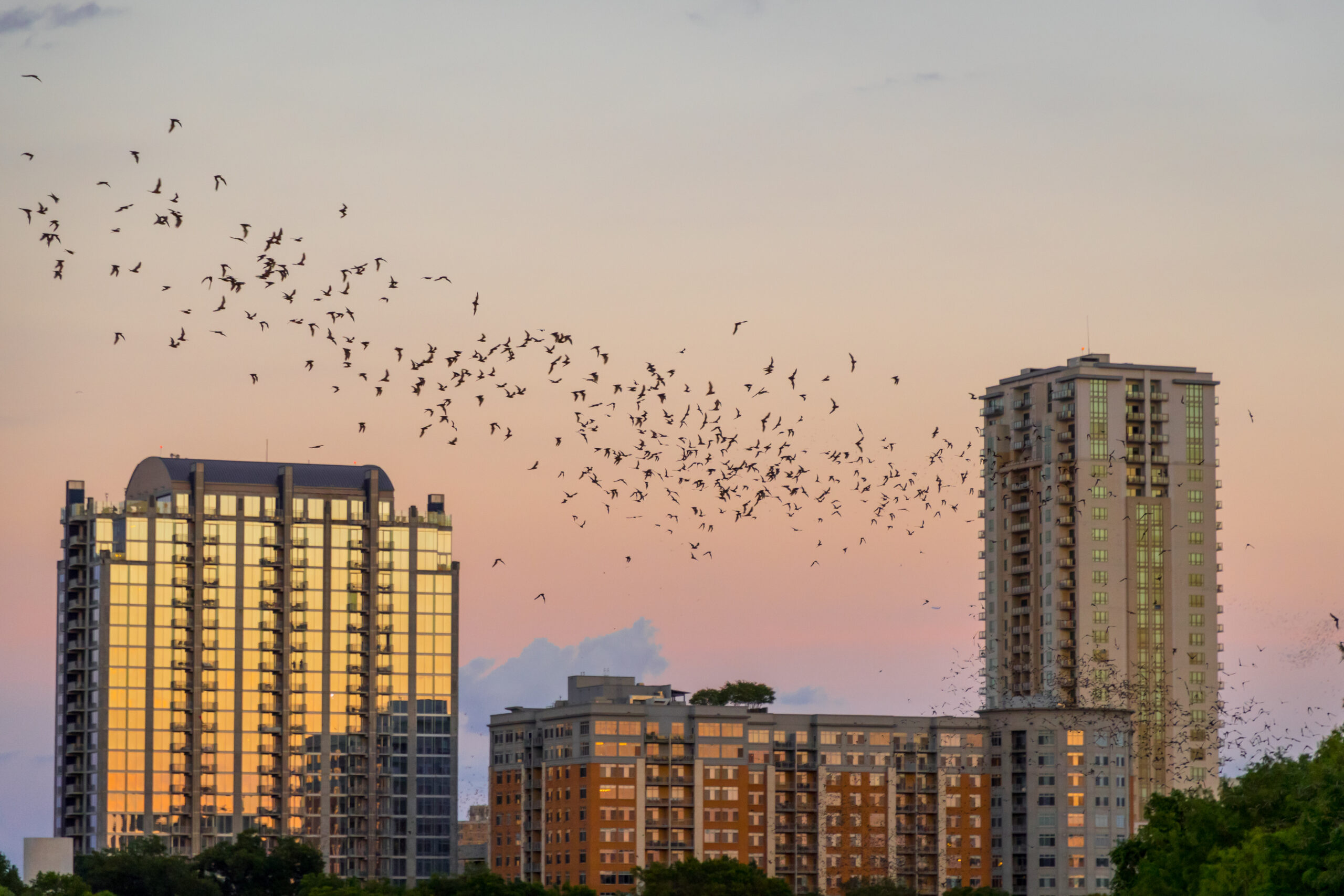
The Congress Avenue Bridge in Austin, Texas, is famous for hosting one of the largest urban bat colonies in North America. Each evening from spring through fall, thousands of Mexican free-tailed bats emerge from under the bridge. It is best to visit at sunset to watch this natural spectacle. The bats attract many visitors who enjoy the unique wildlife experience in the city.
The bridge is surrounded by parks and trails that allow for easy viewing and relaxing time outdoors. The bats help control local insect populations, making them important to the ecosystem. Nearby, visitors can enjoy the city’s vibrant atmosphere after watching the bats. The Congress Avenue Bridge offers an unusual urban wildlife encounter.
These wildlife destinations offer unforgettable chances to connect with nature and see animals in their natural homes. Visiting these places provides more than just beautiful views- it creates meaningful experiences with wildlife. Planning a trip to any of these spots will enrich your appreciation for the outdoors. Exploring these areas is a great way to enjoy the diversity and beauty of wildlife across the United States.
This article originally appeared on Avocadu.
